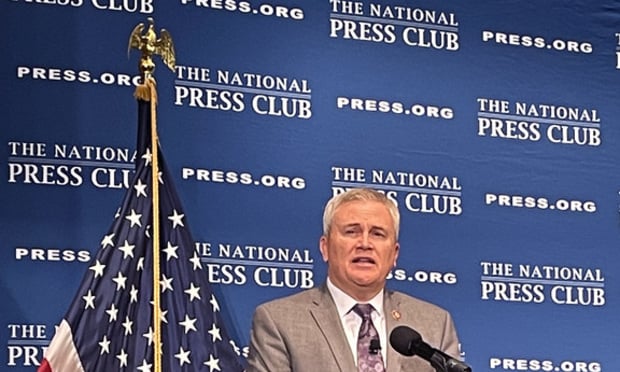The Pension Benefit Guaranty Corporation (PBGC) is looking at the patterns in risk transfer activity as companies seek to eliminate pension benefit obligations.
By looking at pension plan sponsors' Form 5500 filings from the period of 2009–2013, PBGC actuaries identified companies that had recent risk transfers.
In their study of risk transfer events (RTEs), PBGC was looking for a greater level of depth in available information, seeking more than is generally contained in press reports of events conducted by major companies.
Recommended For You
Such information is important to PBGC, it said, for several reasons. One is that lower insurance premium payments may affect PBGC's long-term financial condition.
Another is the ability of past risk transfer activity to help the agency project future activity and thus plan for its effects.
Finally, if participants choose to receive lump sums in RTEs, PBGC said that policymakers will want to ensure they have the correct tools to manage their funds wisely.
The study looked at about 3,600 larger plans, of which more than 500 had RTEs during the five-year period that was examined.
This is significant, according to the study, because more than a million participants left the plans as a result of the RTEs.
Almost 400 RTEs involved lump-sum payments; the rest involved annuity purchases to replace the company pension. Actuaries were cautious in declaring a pattern in the data, and believe that the actual number of risk transfers was probably higher than such indirect data indicated.
The study is only an estimate of the level of risk activity, since analysis of the Form 5500 annual reports is an indirect source through which to verify that an RTE occurred.
PBGC said that it has started collecting data from each pension plan detailing their risk transfer history, so that patterns can be accurately determined. The agency plans to receive such information annually going forward.
The study concluded that neither the financial condition of the plan sponsor, nor union status, determined risk transfer activity. However, while union plans and non-union plans were equally likely to offer risk transfers, the percentage of union members accepting them was lower.
© 2025 ALM Global, LLC, All Rights Reserved. Request academic re-use from www.copyright.com. All other uses, submit a request to [email protected]. For more information visit Asset & Logo Licensing.







